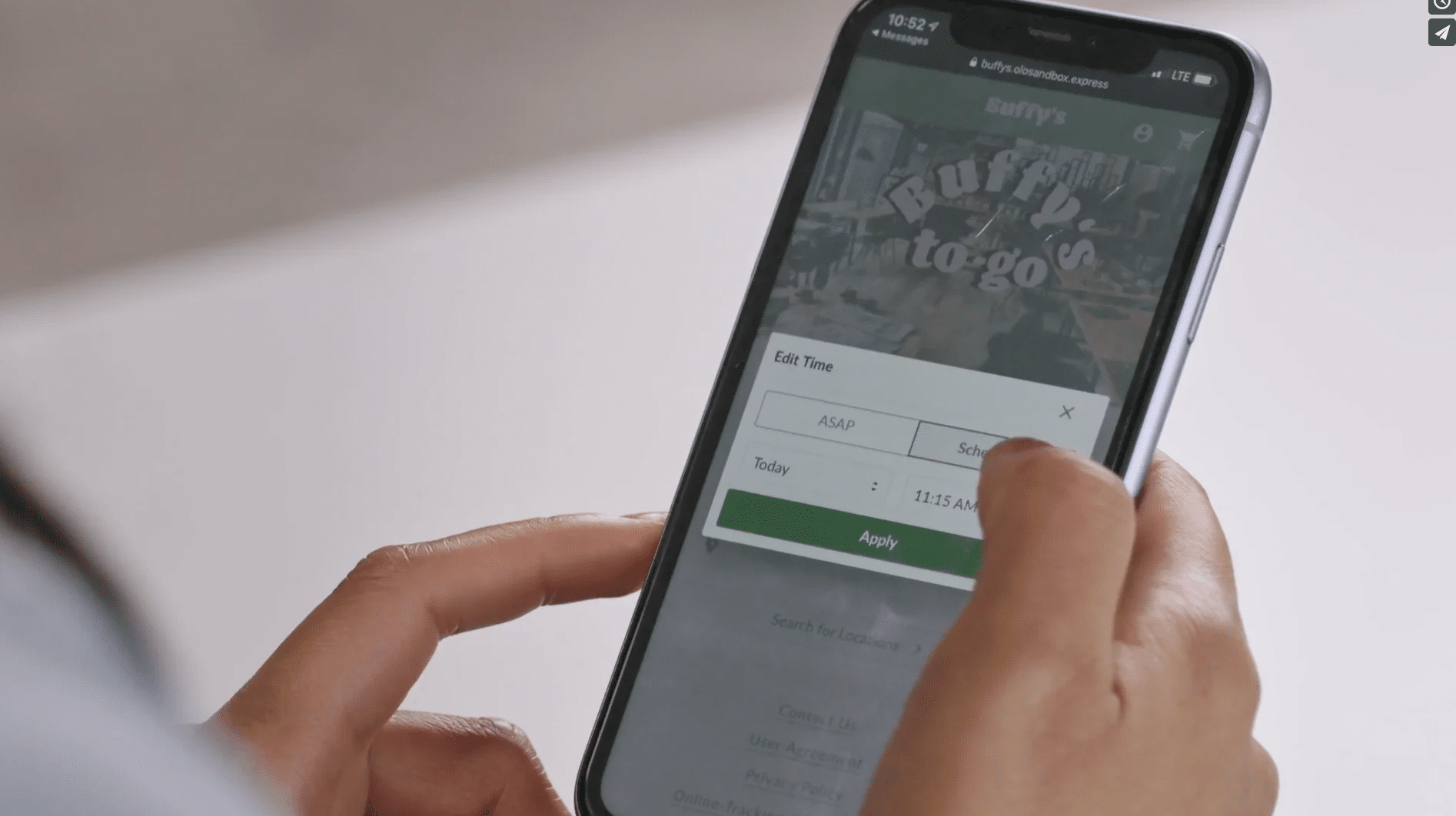Customer loyalty is key to restaurant survival—we’ve known this since the first American chain restaurant in 1919 (A&W, for anyone curious). Returning guests are the backbone of longevity, creating a following that transforms mom and pops into chains. However, many small businesses today continue to struggle amid lockdowns, shifting regulations and labor shortages.
Restaurants themselves have seen an increase in growth since 2020, albeit a slow climb. It’s clear that customers want to support their local businesses, but there’s a new element at play that’s coming on fast. Old and new restaurant owners alike should know what I’m talking about: an increase in delivery orders.
And it’s not just the pandemic. Dining is a seasonal industry, and when the cold months start creeping in, delivery orders spike. Usually, they decrease with weather warms thanks to outdoor dining, but for businesses on edge in 2021, many can’t afford to wait that long. Accessing delivery is a matter of survival.
We can see this from our data, with our number of driver delivery orders dropping by 50 percent from January to August 2021. However, as we start to approach fall again, those numbers are climbing back up. With delivery demand increasing and reliable in-venue revenue decreasing, operators find themselves at a crossroads.
How do they balance their workforce and revenue when the scale tips so heavily in third-party’s favor? Not to say there’s anything inherently wrong with using third-party: it’s an excellent tool for visibility to get your brand out into the community. But visibility is a short-term tactic to reach the longer goal of creating loyal, return customers.
When a third-party advertises, it’s not to bring them back to your restaurant’s ordering page—it’s to get your customers back on their app so the third-party company can keep earning commission fees. Leveraging a first-party platform for ordering and delivery is the key to unlocking better loyalty and a new way for customers to experience your brand.
White-label platforms with complete user control have become an essential tool for improving the customer experience, tailoring the menu, and marketing to your customers. The data and insights gleaned from their orders give you the opportunity for specific emailing and social tactics that are informed by the trends your data shows
Whether that data evolves into new loyalty programs for boosting sales and retention or connecting with customers for updates and promos is up to the operator. Online ordering with interactive menus creates an experience for customers to engage with brands outside of third-party, allowing for customization that stands out from the crowd and a more memorable delivery.
Without first-party, the middle man third-party controls the feedback loop without consideration for fees or negative reviews the restaurant will incur. When there’s a delivery issue or delay with first-party, that wall doesn’t exist. Operators work with their customers to find a solution and be proactive when something goes wrong instead of footing the bill for all errors.
Trust is such a powerful motivator for guests, and when they feel heard, reviews improve. More than 33% of diners will not choose to eat in a restaurant with less than a 4-star rating on online review sites like Yelp, Google, and Tripadvisor. The improved engagement and trust in your brand not only keeps guests coming back — but ensures other potential diners will want to see what all the fuss is about.
If trust and marketing aren’t enough to bring the customers back, savings will. First-party platforms ensure customers are getting the best deal. Third-party delivery apps often charge around 15 percent on top of delivery fees and taxes, while first-party providers charge a flat fee and usually a reduced rate. We’ve noticed, on average, that customers save anywhere from $3 to $12 per order in delivery fees when they order from our first-party sites.
That difference isn’t counting the hidden fees either. Many third-party apps also charge an additional 2.9 percent fee plus 30 cents per order when customers order food for pickup, so even after subtracting the delivery fee, any outpost or pickup still faces a steep charge.
When customers see that you’re not only serving them food they love, you’re also trying to save them money, this builds a relationship based on trust and proven experience. After all, A&W didn’t make it 102 years on clever newspaper ads alone. The community trusted them for a good product that had their best interest at heart.
Customers come back because they feel seen, and they feel like they know you. Without the mask of a third-party, they can see your face and shake your hand as they say, “Thanks for the food; I’ll see you next week.”
Steve Simoni is the CEO of Bbot, an online, contactless order-and-payment platform. Prior to Bbot, Simoni worked in technical sales support and product management for SaaS companies, including Marketo and EverString. As a serial entrepreneur, Simoni previously founded a B2B technology company for the sales profession, an experience where he learned crucial lessons about product-market fit.













